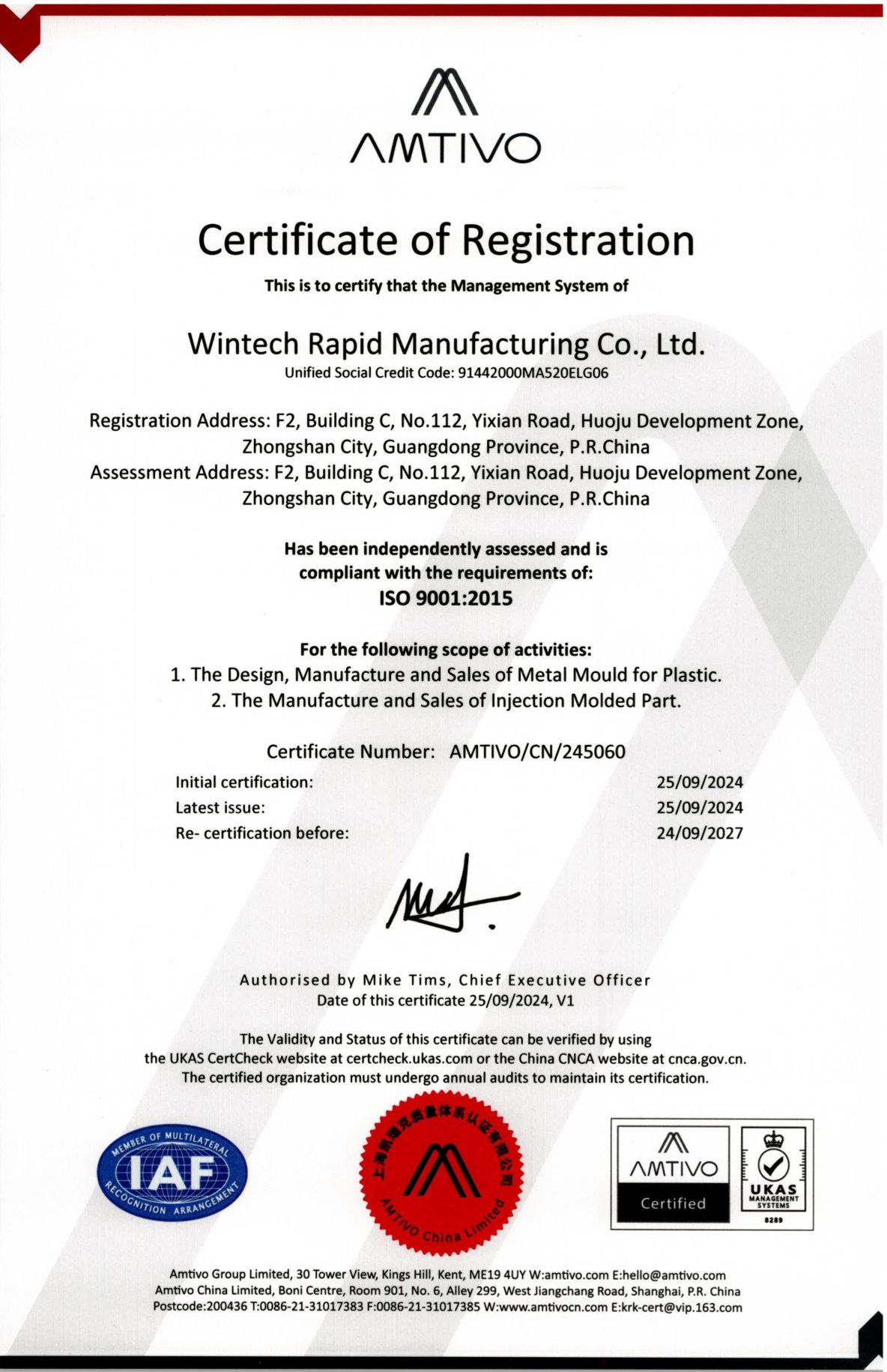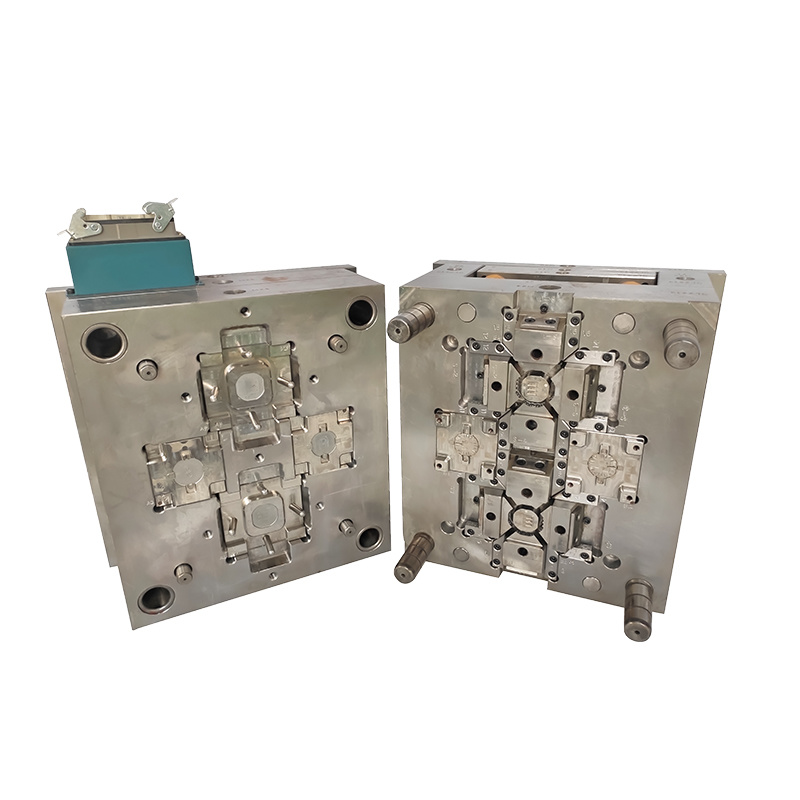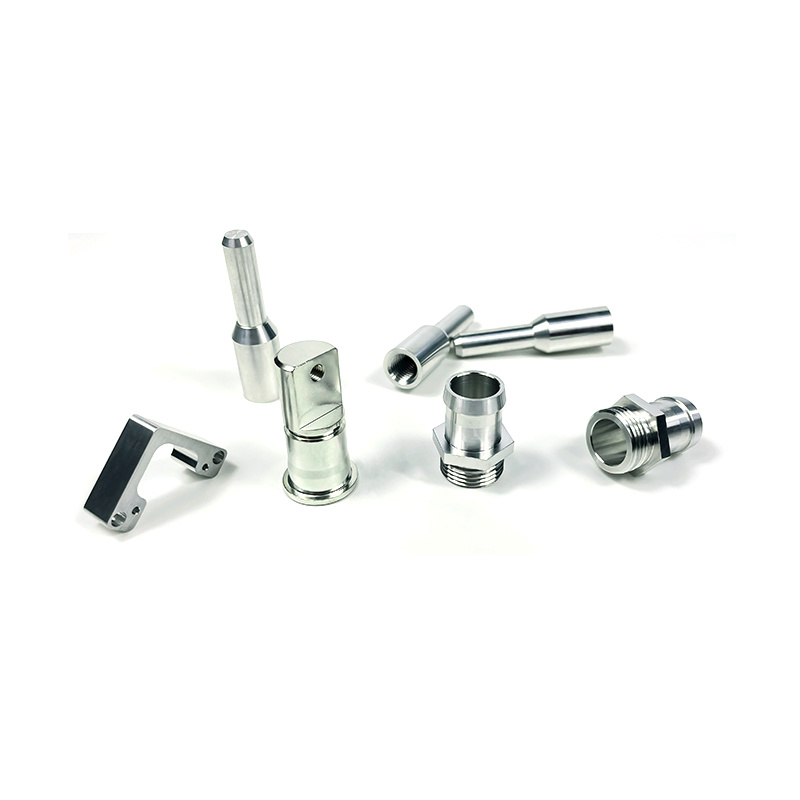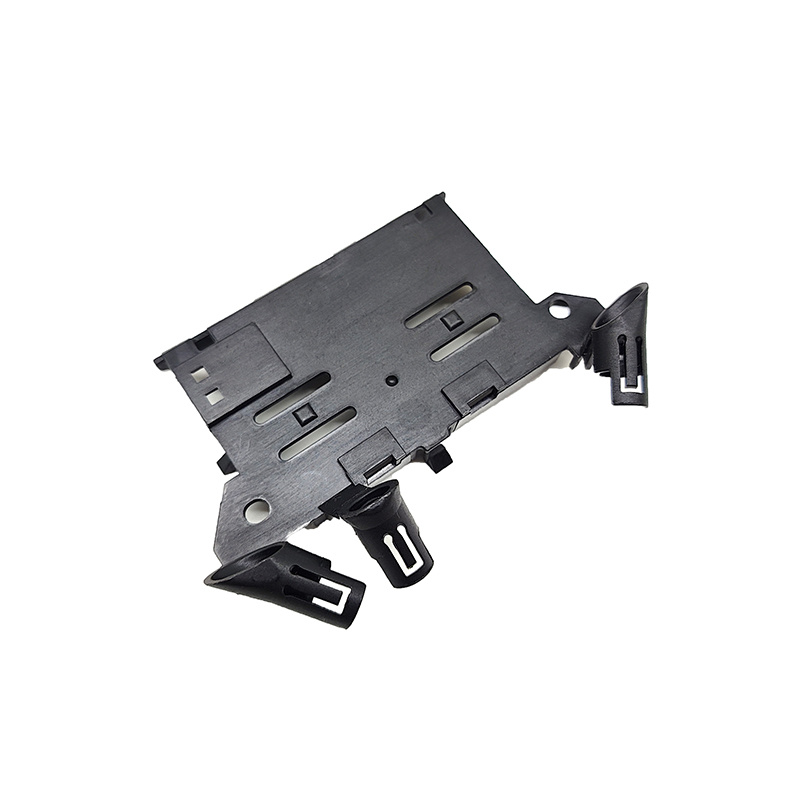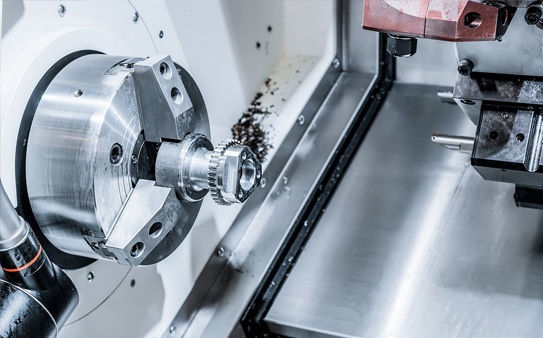Unlocking the Secrets of Insert Molded Parts: A Comprehensive Guide to Manufacturing Excellence
Time:
2025-08-21 21:20
Source:
Unlocking the Secrets of Insert Molded Parts: A Comprehensive Guide
Table of Contents
- 1. Introduction to Insert Molded Parts
- 2. What is Insert Molding?
- 3. Benefits of Insert Molding
- 4. Applications of Insert Molded Parts
- 5. Design Considerations for Insert Molded Parts
- 6. Materials Used in Insert Molding
- 7. The Insert Molding Process
- 8. Troubleshooting Insert Molding Challenges
- 9. Frequently Asked Questions
- 10. Conclusion
1. Introduction to Insert Molded Parts
Insert molded parts represent a significant advancement in manufacturing technology. By combining metal or other components with plastic through a single molding process, insert molding delivers robust, lightweight parts that meet diverse application requirements. This article serves as a comprehensive guide to understanding insert molded parts, exploring their benefits, applications, design considerations, and the manufacturing process itself.
2. What is Insert Molding?
Insert molding is a sophisticated manufacturing technique that involves placing a pre-formed component, often made of metal, into a mold before injecting plastic around it. This process results in a single, cohesive product that seamlessly integrates both the metal insert and the plastic housing. **Insert molding** not only improves the structural integrity of parts but also enhances functionality, making it a preferred choice in various industries.
How Insert Molding Works
During the insert molding process, the metal insert is first placed in the mold cavity. The plastic is then injected into the mold at high temperatures and pressures, allowing it to flow around the insert. As the plastic cools and solidifies, it bonds with the insert, creating a strong mechanical connection. This method eliminates the need for additional assembly steps, streamlining production and reducing costs.
3. Benefits of Insert Molding
Insert molding offers numerous advantages that make it an attractive option for manufacturers.
Cost Efficiency
By integrating multiple components into a single part, insert molding minimizes assembly time and labor costs. This efficiency translates to lower production costs overall.
Enhanced Durability
The combination of metal inserts with molded plastic creates parts that are not only lightweight but also exceptionally durable. The mechanical bond formed during the molding process enhances the overall strength of the part, making it suitable for demanding applications.
Design Flexibility
Insert molding allows for intricate designs that would be challenging to achieve through traditional manufacturing methods. Designers can create complex geometries and features, leading to more innovative product designs.
Improved Performance
Insert molded parts often exhibit superior performance compared to their traditionally assembled counterparts. The elimination of adhesives and fasteners results in a more reliable and robust final product.
4. Applications of Insert Molded Parts
Insert molded parts find applications across various sectors due to their versatility and performance features.
Automotive Industry
In the automotive industry, insert molding is commonly used to create components such as connectors, brackets, and housings. The durability and precision of insert molded parts are critical in automotive applications, where performance and safety are paramount.
Electronics
The electronics sector benefits from insert molded parts, which are utilized in switch housings, circuit board supports, and connectors. The integration of metal inserts helps improve thermal conductivity and EMI shielding.
Medical Devices
In the medical field, insert molded components are crucial for devices that require strict hygiene and performance standards. Insert molding allows for the creation of complex, reliable parts that meet regulatory requirements.
Consumer Products
Household items, appliances, and various consumer goods often utilize insert molded parts for their combination of aesthetics and functionality. The ability to produce lightweight yet strong components makes insert molding ideal for everyday products.
5. Design Considerations for Insert Molded Parts
When designing parts for insert molding, several factors must be considered to ensure optimal performance and manufacturability.
Material Selection
Choosing the right materials for both the insert and the plastic is critical. The compatibility of the two materials affects the bond strength and overall performance of the final product.
Mold Design
The mold must be designed to accommodate the insert and allow for proper flow of the plastic material. Features such as draft angles, gate locations, and cooling channels play vital roles in the efficiency of the molding process.
Insert Placement
Proper placement of the insert within the mold is crucial to achieving uniform plastic flow and preventing defects. Careful consideration of the insert's position can also impact the part's aesthetics and functionality.
Prototyping and Testing
Before mass production, it is essential to prototype and test the part design. This stage allows for identification of potential issues and adjustments to be made before finalizing the mold.
6. Materials Used in Insert Molding
The choice of materials is pivotal in insert molding, influencing the part’s performance and characteristics.
Common Plastics
Materials such as polycarbonate, nylon, and ABS are frequently used in insert molding due to their excellent mechanical properties and adaptability. Each material offers unique benefits, making them suitable for different applications.
Metal Inserts
Common metal materials for inserts include stainless steel, aluminum, and brass. The choice of metal is dependent on factors such as cost, weight, and required mechanical properties.
7. The Insert Molding Process
Understanding the insert molding process is essential for optimizing production efficiency and product quality.
Process Steps
1. **Insert Preparation**: The metal insert is cleaned and prepared for insertion into the mold.
2. **Mold Setup**: The mold is assembled and preheated to the necessary temperature.
3. **Insert Placement**: The insert is securely placed in the mold cavity.
4. **Plastic Injection**: Plastic material is injected into the mold, flowing around the insert.
5. **Cooling**: The part is allowed to cool and solidify before ejection.
6. **Ejection and Finishing**: The finished part is ejected from the mold, followed by any necessary post-processing.
Quality Control
Throughout the insert molding process, quality control measures should be implemented to ensure that each part meets specified tolerances and performance standards.
8. Troubleshooting Insert Molding Challenges
Even with careful planning, challenges may arise during the insert molding process.
Defects and Solutions
- **Incomplete Fill**: This can occur if the injection speed is too low or if there are blockages in the mold. Increasing injection speed or adjusting mold design can help.
- **Warping**: Warping may result from uneven cooling or improper mold design. Ensuring uniform cooling and proper material selection can mitigate this issue.
- **Weak Bonding**: If the plastic does not bond well with the insert, it may be due to contamination or improper material selection. Thorough cleaning of inserts and using compatible materials can prevent this.
9. Frequently Asked Questions
What are the advantages of insert molding over traditional manufacturing methods?
Insert molding offers enhanced durability, cost efficiency, and design flexibility, allowing for the production of complex parts in a single step.
Can any metal be used as an insert in insert molding?
While many metals can be used, it’s essential to consider factors such as compatibility with the chosen plastic and the intended application.
How does the choice of plastic affect the insert molding process?
Different plastics have varying flow characteristics, cooling rates, and bonding capabilities, all of which can influence the final product's performance.
Are there limitations to insert molding?
Yes, there are limitations regarding the size of the insert and the complexity of the part design. Additionally, some materials may not bond effectively.
What industries benefit the most from insert molding?
Industries such as automotive, electronics, medical devices, and consumer goods greatly benefit from insert molding due to its efficiency and performance characteristics.
10. Conclusion
Insert molded parts stand at the forefront of modern manufacturing, offering a unique combination of strength, cost efficiency, and design flexibility. Understanding the intricacies of the insert molding process, from design considerations to material selection, can empower manufacturers to create superior products. As industries continue to evolve, insert molding will remain a pivotal technology in delivering high-performance solutions across various applications. Embracing this technique not only enhances product innovation but also drives competitive advantage in the marketplace.
insert molded parts
Previous Page
Previous Page
Related news
2024-11-15



